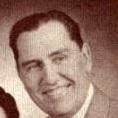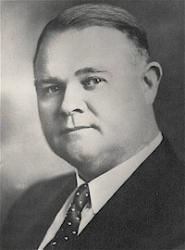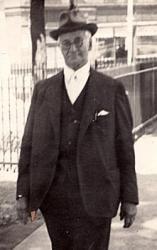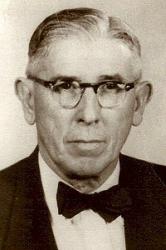1832 - 1925 Person Name: Mary A. Baker Hymnal Number: d101 Author of "The winds and waves shall obey Thy will" in Divine Praise Baker, Mary A.. Miss Baker, who is a member of the Baptist denomination, and a resident in Chicago, Illinois, is an active worker in the temperance cause, and the author of various hymns and temperance songs. Her most popular hymn:-—
1. Master, the tempest is raging, Peace, was written in 1874 at the request of Dr. H. R. Palmer, who desired of her several songs on the subjects of a series of Sunday School Lessons for that year. Its theme is "Christ stilling the tempest." During the same year it was set to music by Dr. Palmer, and pub. in his Songs of Love for the Bible School, 1874. It is found in other collections, including I. D. Sankey's Sacred Songs and Solos, London, 1881. Its home popularity was increased by its republication and frequent use during the illness of Pres. Garfield. It was sung at several of the funeral services held in his honour throughout the States.
2. Why perish with cold and with hunger? Invitation. This is another of her hymns set to music by I. D. Sankey, and included in his Sacred Songs and Solos, Lond., 1881.
--John Julian, Dictionary of Hymnology (1907)
_______
Mary Ann Baker (sometimes known as Mary Eddy Baker), daughter of Joshua Baker and Catherine Eddy, was born 16 Sept. 1832 in Orwell, Oswego, NY. As a young child, her family moved to Branch County, Michigan. Her father died there in 1839 at age 39. A few years later, in 1843, her mother married David Ripley and had two more children, but by 1850, her mother was a single parent again with five children, living in Kinderhook, Branch, Michigan. By 1855, her mother had remarried to Ephraim Potter, and they were living in Boonville, Oneida, New York. In 1860, she and her sister Rhoda Ripley were living in Kalamazoo, Michigan, where she found work as a compositor. Some time between 1867 and 1868 (her sister Rhoda married George Ely in 1868 in Kalamazoo), she moved to Chicago, where she similarly worked as a compositor for Horton & Leonard. While in Chicago, she met composer Horatio R. Palmer and was associated with the Second Baptist Church. In 1900, she was still living in Chicago. Mary never married. In her final years, she was living in the Baptist Old People's Home in nearby Maywood, Cook County, Illinois, where she died at age 93 on 29 Sept. 1925.
by Chris Fenner, 14 Feb. 2022
Mary Ann Baker


 My Starred Hymns
My Starred Hymns







